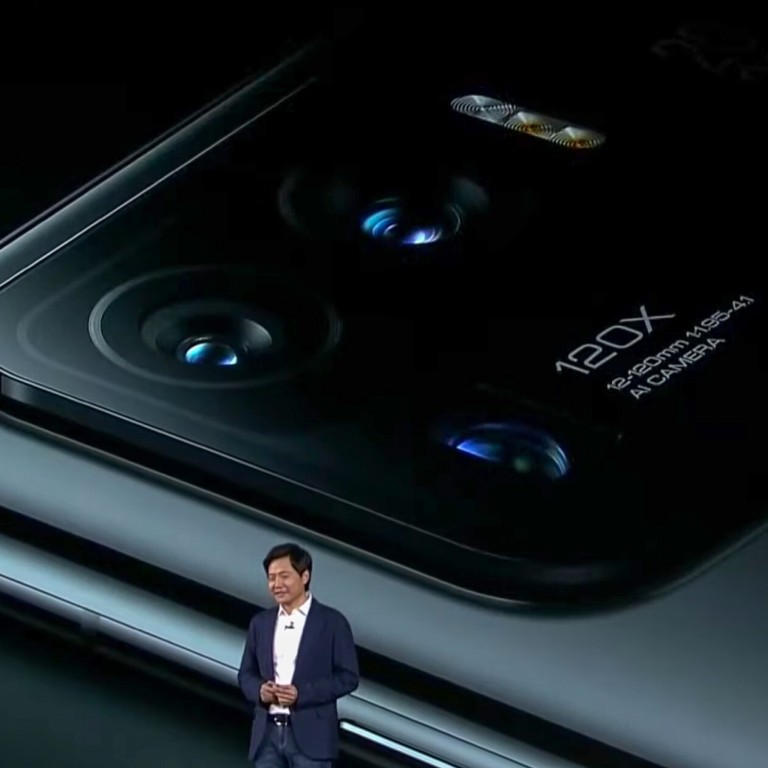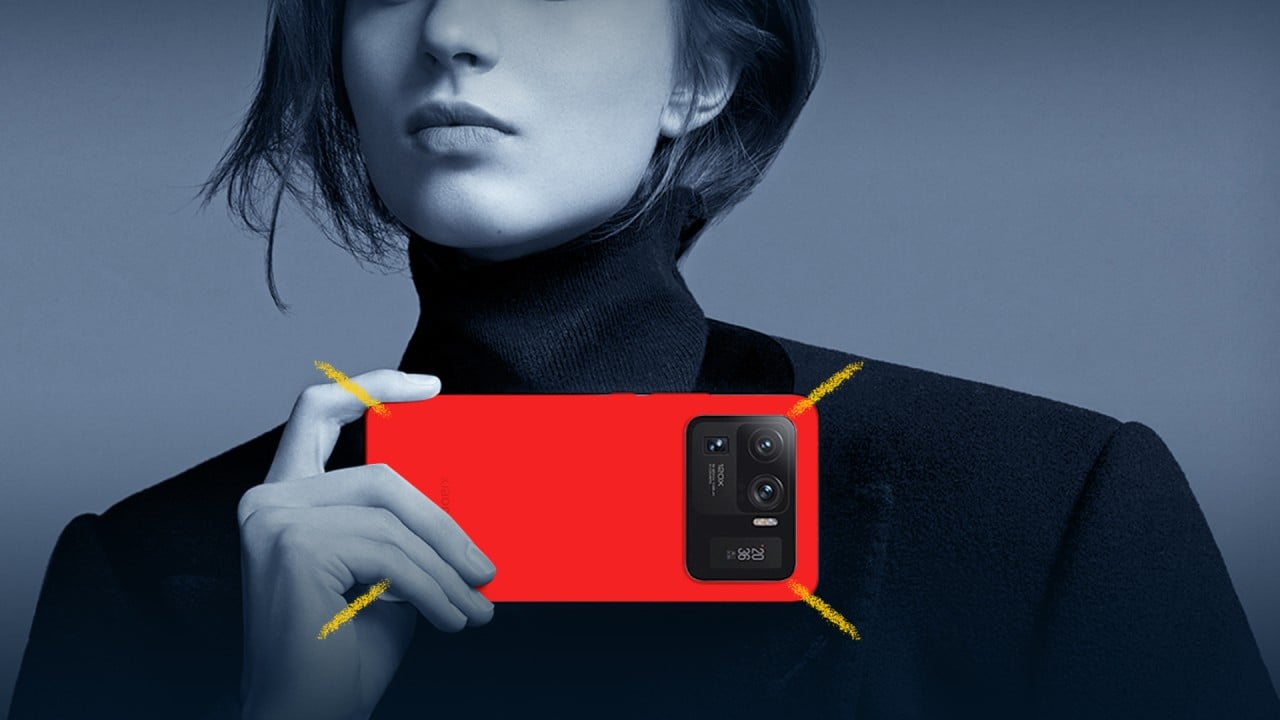
Xiaomi plans to beat Samsung to become No 1 smartphone brand in three years, but analysts say it faces hurdles
- Xiaomi must be a top-two smartphone brand in all major markets outside the US to become the world’s top smartphone brand, analysts say
- Xiaomi is no longer blacklisted by the US, but the company still has almost no presence in the world’s third-largest smartphone market

The company became the No 1 vendor in Europe for the first time in the second quarter, as well, shipping nearly 13 million units to reach 25 per cent market share, according to a recent report from Strategy Analytics.
“If Xiaomi wants to hold its current position and even eyes a higher position, on the one hand, it needs to continue to promote inclusive products on a global scale; on the other hand, it must focus on the promotion of high-end flagship smartphones in overseas markets,” said Wang Xi, a research manager at IDC China.
This is a strategy that has helped Samsung stay at the top of the market for so long. While it is best known for its Galaxy phones at the high end of the market, it also ships many lower-end handsets around the world.
How Xiaomi rose to become China’s No 1 smartphone maker
Samsung’s annual smartphone shipments for the past two years were about 300 million units, while Xiaomi shipped just over 200 million units each year, according to Canalys data. For the Hong Kong-listed company to close the gap, the Chinese market is critical, said Nicole Peng, Canalys vice-president of mobility.
Xiaomi’s annual shipments in China were about 40 million for the past two years, Peng said, so doubling shipments in its home market would go a long way towards achieving its goal. There are also opportunities for the brand in the Middle East and Africa, she said, adding that challenges remain in the US – the world’s third-largest smartphone market, which the company has barely touched – and the enterprise segment, in which Apple and Samsung have done better.

06:56
The rise of Chinese smartphones
“Xiaomi’s high-end path is just beginning now,” Lei said at the three-hour event on Tuesday. “We will continue to invest at any cost.” However, he admitted that the company still has a long way to go and that Xiaomi’s current priority is to cement its position as the world’s No 2 smartphone maker.

